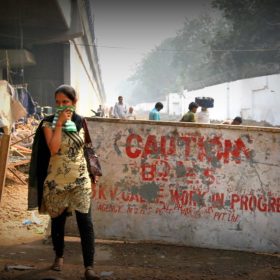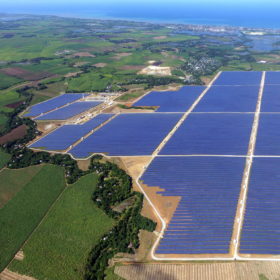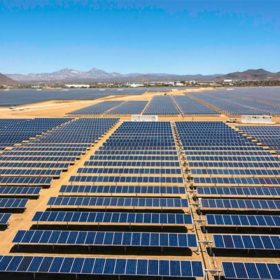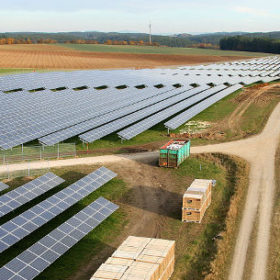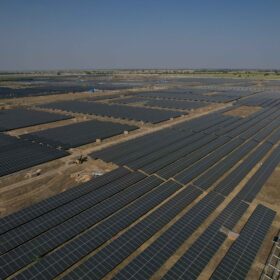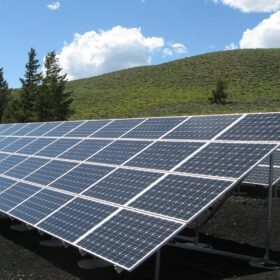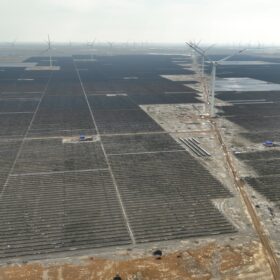Hyet Solar seeks investors for 200 MW module fab in Assam
The Dutch solar energy company is hoping to attract investors in a proposed 200 MW solar manufacturing facility in the Indian state of Assam.
Karnataka issues 860 MW solar tender
The state’s Karnataka Renewable Energy Development Limited (KREDL) announces tender for 43 individual solar plants located in taluks – small districts dotted across the state of Karnataka.
Siemens announces large-scale inverter plans for India
Having reportedly ended its relationship with SMA Solar, Siemens has announced it will be manufacturing and supplying 5 MW inverters to the Indian market.
BNEF summit: Low solar prices spreading spending doubt among Tier-1 firms
Trina Solar may scrap planned Indian PV fab amid tumbling prices driven by solar auctions, reports Bloomberg New Energy Finance during its Shanghai summit. Demand for lithium, meanwhile, poised to reach record high on back of expected EV growth.
The weekend read: Will duties ADD doubt to India’s solar growth?
The threat of India’s government imposing anti-dumping duties (ADD) against solar cells and modules from China, Taiwan and Malaysia is very real, and runs counter to its own ambitions of hitting 100 GW of solar by 2022. Or does it? Could duties help to boost India’s solar industry in other ways? And does the ongoing political uncertainty create opportunity or trepidation for industry?
Interview: Uninterrupted cell production helps fast-track Indian solar manufacturing
Maximilian Germann, head of sales at German stringer experts M10 Industries, explains to pv magazine about the benefits of uninterrupted cell production from a cost and quality perspective, and how Indian solar companies are beginning to put long-term opex ahead of short-term capex concerns.
Tongwei to invest $1.8bn to build two 10 GW solar cell factories in China
Massive 12 billion yuan ($1.8 billion) investment part of Chinese solar firm’s goal to boost its production capacity to 30 GW and become world’s largest solar manufacturer.
Equis Energy snapped up by GIP in record $5bn renewables deal
The Singapore-based renewable energy developer has agreed to be sold to investment fund Global Infrastructure Partners. China Investment Corp, Canada’s PSP Investments and other co-investors are also involved in the deal, which is the largest yet seen for the renewable energy industry.
Global solar market to grow 30% and reach close to 100 GW this year, says Bernreuter Research
The German-based analyst and polysilicon specialist believes that newly installed solar PV capacity will hit 95 GW in 2017 and could hit 100 GW. Polysilicon spot prices set to fall by end of year.
Solar fastest growing energy source in 2016, finds latest IEA report
The International Energy Agency’s Renewables 2017 report finds that solar PV capacity grew 50% last year, underpinning a 12% increase in this year’s renewables forecast and prompting the IEA to forecast 1,000 GW of clean energy by 2022.




